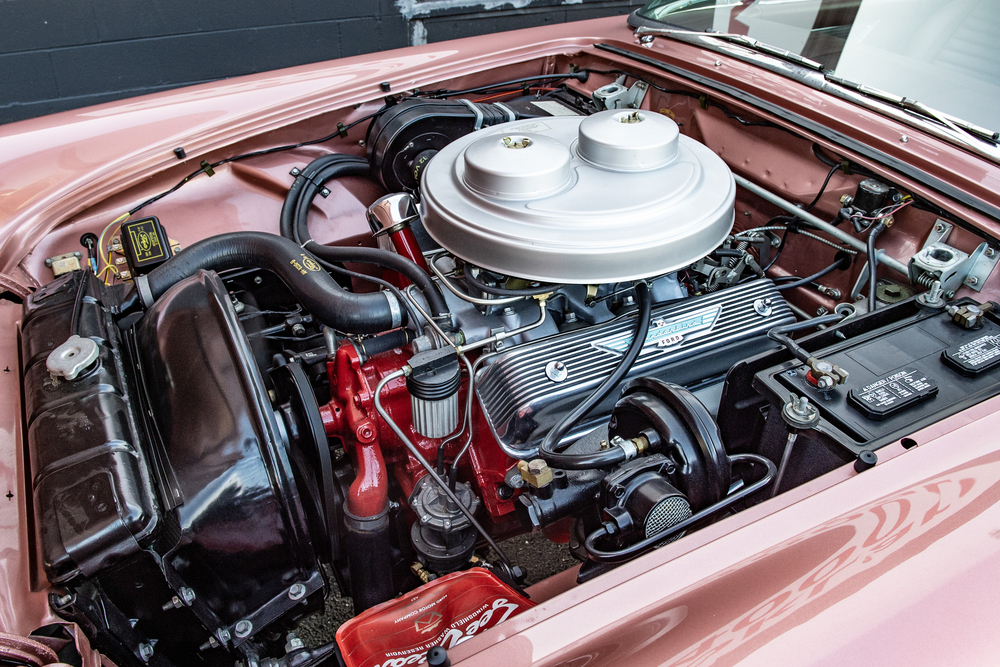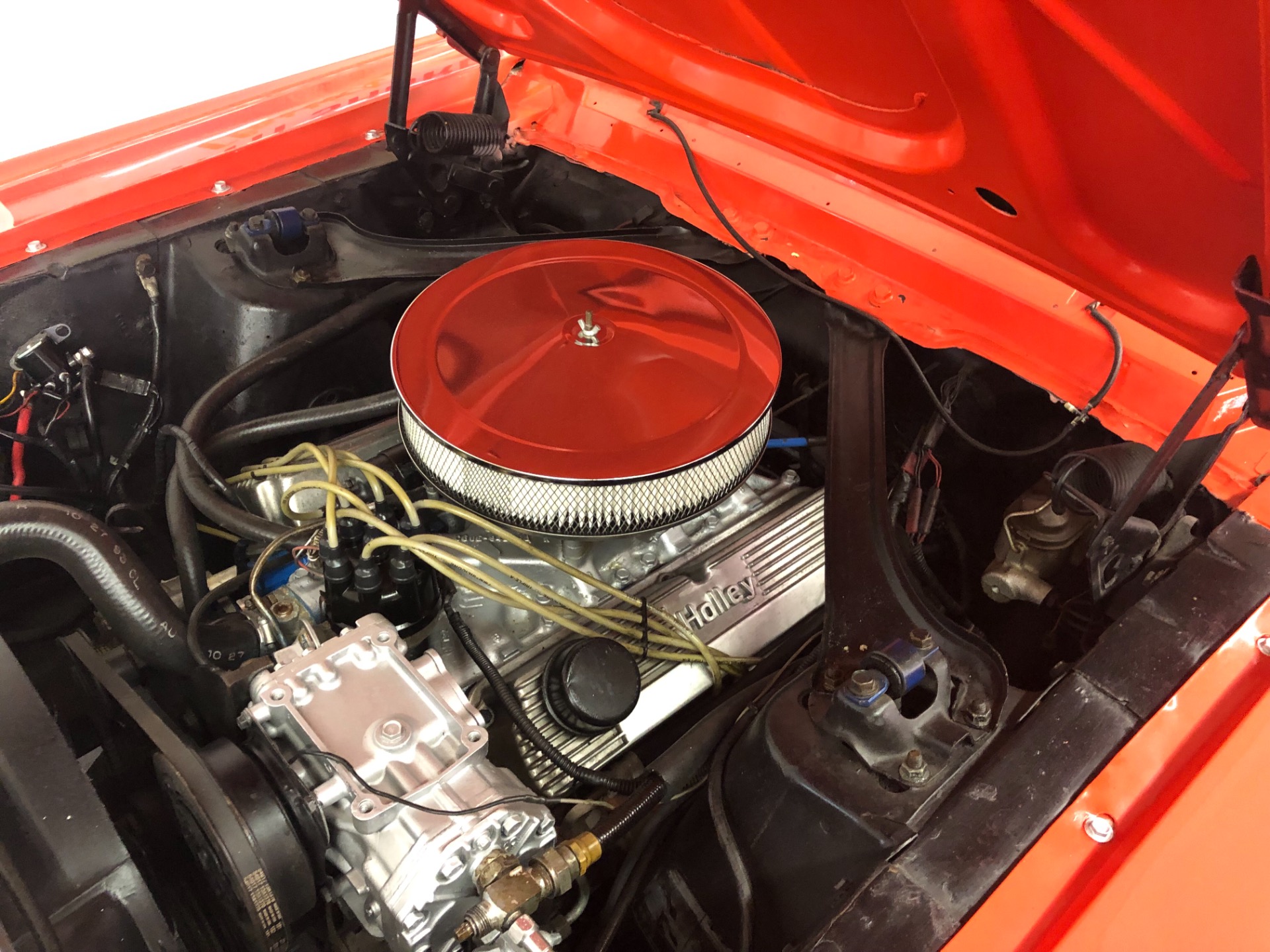
The Consul Classic was replaced in 1963 by the Ford Corsair. The test car was a 4-door deluxe version costing £801 including taxes, but the sticker price on a two door standard Classic with the same engine was just £745 including taxes. A fuel consumption of 35.8 miles per imperial gallon (7.89 L/100 km 29.8 mpg -US) was recorded. A contemporary road tester was impressed, noting that "probably the most impressive thing about the Classic is its road holding".Ī car tested by The Motor magazine in 1961 had a top speed of 78.4 mph (126.2 km/h) and could accelerate from 0-60 mph (97 km/h) in 22.5 seconds. Suspension was independent at the front using Macpherson strut units and at the rear the live axle used semi elliptic leaf springs. The car had front 9.5 in (241 mm) disc brakes and was fitted with a four speed gearbox: early cars provided synchromesh on the top three ratios, while the arrival of the 1498cc version coincided with the provision of synchromesh on all forward gears. The Consul Classic was also mechanically similar to the Anglia, and used slightly larger 1340 cc and from 1962 1498 cc variants of the Ford Kent Engine. At 21cu.ft this was 15% larger than Zodiac mk2 and had obvious advantages for business use. The boot or trunk capacity was exceptionally large, with a side stowed spare wheel well, and more important the huge high lift sprung lid allowed a great variety of loads to be both contemplated and packed.

Several of the car's features, unusual at the time, have subsequently become mainstream such as the headlight flasher ("found on many Continental cars") and the variable speed windscreen wipers. Single or two-tone paint schemes were offered.

There was a choice of floor or column mounted gear change. Inside, the separate front seats and rear bench had a standard covering of PVC but leather was available as an option.
#Classic ford engine codes windows#
In fact, from the windows down the body design was a scaled down version of Ford's huge, US Ford Galaxie. With quad headlamps and different frontal treatment it was longer, wider and so heavier than the Anglia. This feature was imported from the 1958 Lincoln Continental where it was necessitated by the design requirement for an opening (breezway) rear window. The Ford Classic was similar in appearance to the more popular Ford Anglia, featuring the same distinctive reverse-rake rear window. (The Halewood plant did not open until 1963.) Ford therefore entered the 1960s with the small Anglia, Popular and Prefect, the big "three graces" launched back in 1956, and NOT the mid-size market Classic. In practice the run-away early success of Anglia (1959 on) used up most of the car manufacturing capacity at Dagenham vindicating the decision to compete against the BMC Mini.

Other aspects of R&D followed, and it is likely a recognisably similar car could have been introduced in 1959 subject to different senior management decisions.

The main styling cues came straight from Dearborn, as they so often did, defining the car as a scaled down Galaxie 500, from the waist down, topped with a Lincoln Continental roofline. The styling exercises were mainly undertaken in 1956 under Colin Neale. The Classic was a quality model by Ford "suitable for the golf club car park" originally intended for introduction earlier and deletion later than actually occurred. Despite all these codes the cars all looked the same throughout production 1961–1963, the visual distinctions being the number of doors, the trim & equipment level between Standard and De Luxe and their exciting choice of colours. Those codes also distinguish the gearboxes and steering components which are not greasable on later cars, so cutting first-user servicing costs.
#Classic ford engine codes code#
The Classic (and related Consul Capri) had the Right Hand Drive and home market Ford code of 109E (but 110E if L.H.D.) for 1961–1962 models with 1340cc engines, or 116E (but 117E for L.H.D.) for 1962–1963 manufacture with 1500cc engines.


 0 kommentar(er)
0 kommentar(er)
